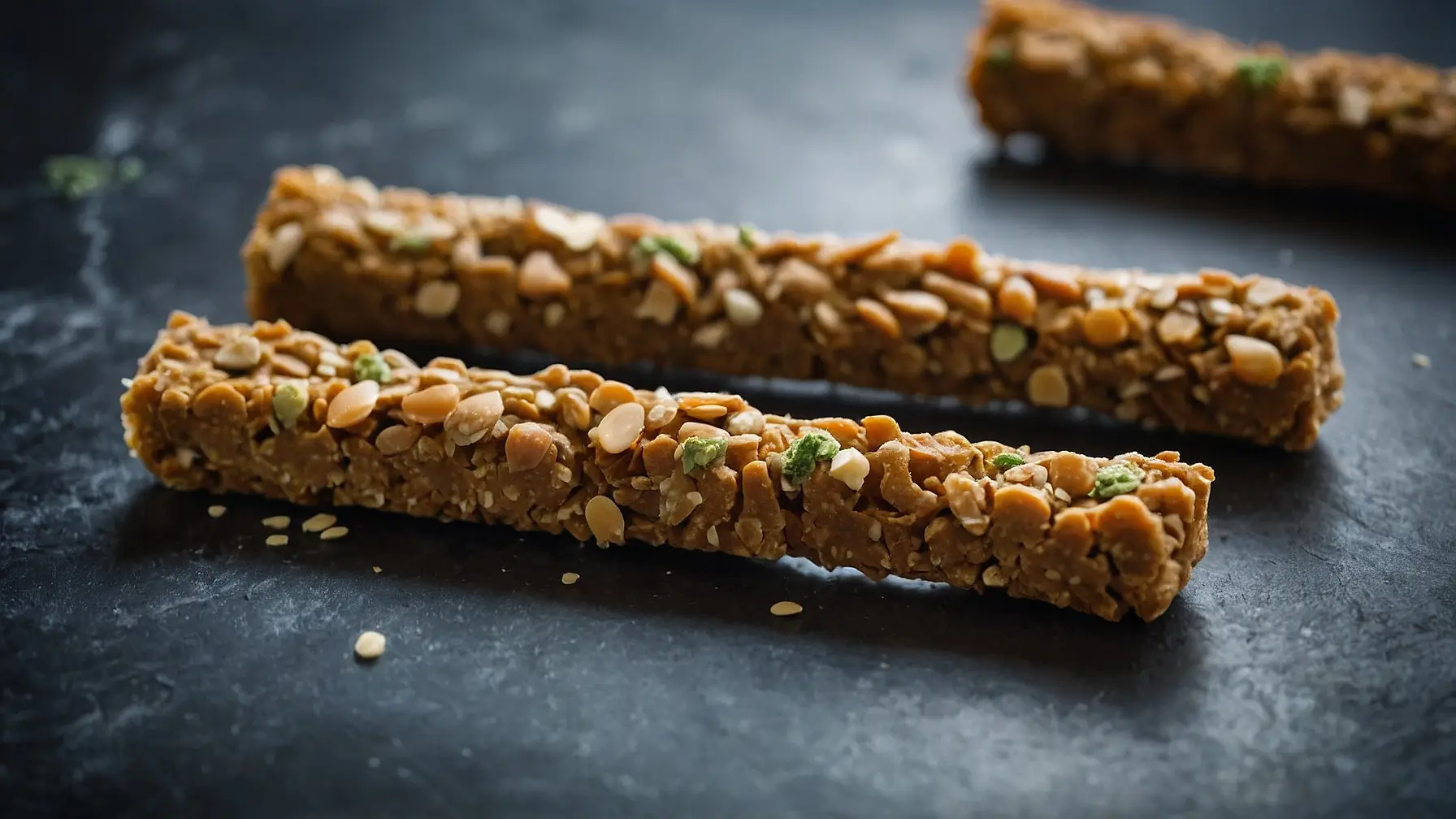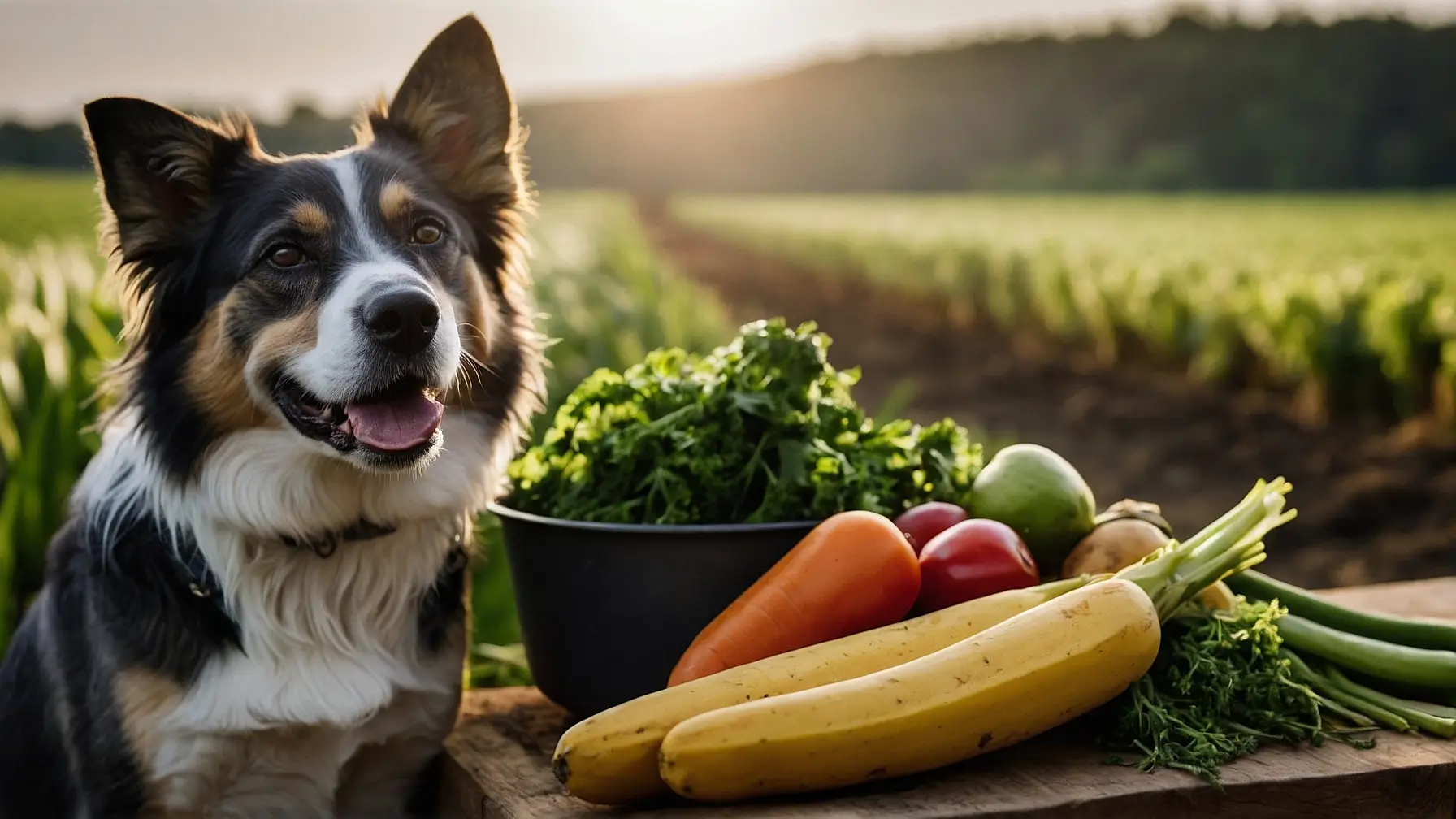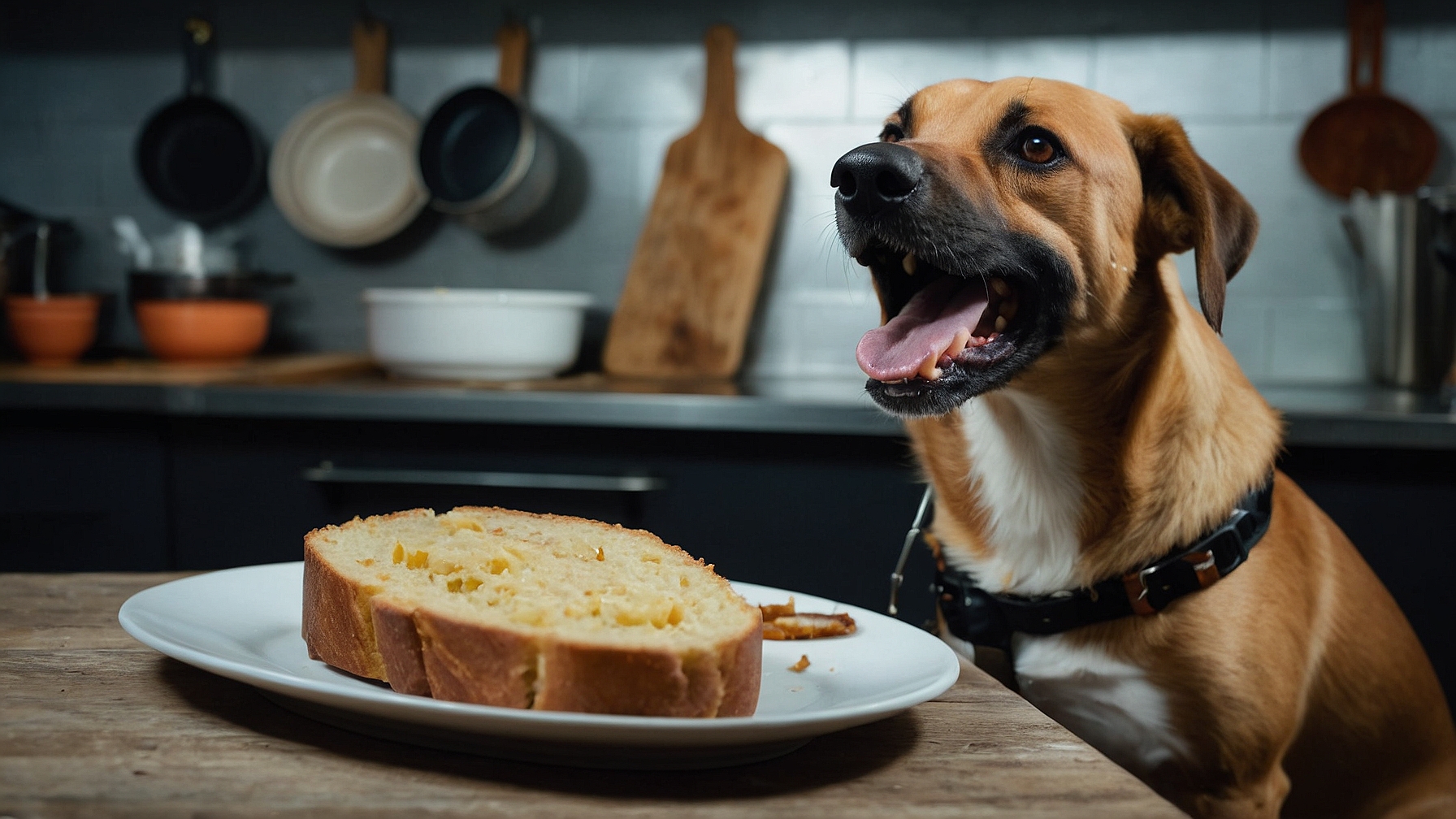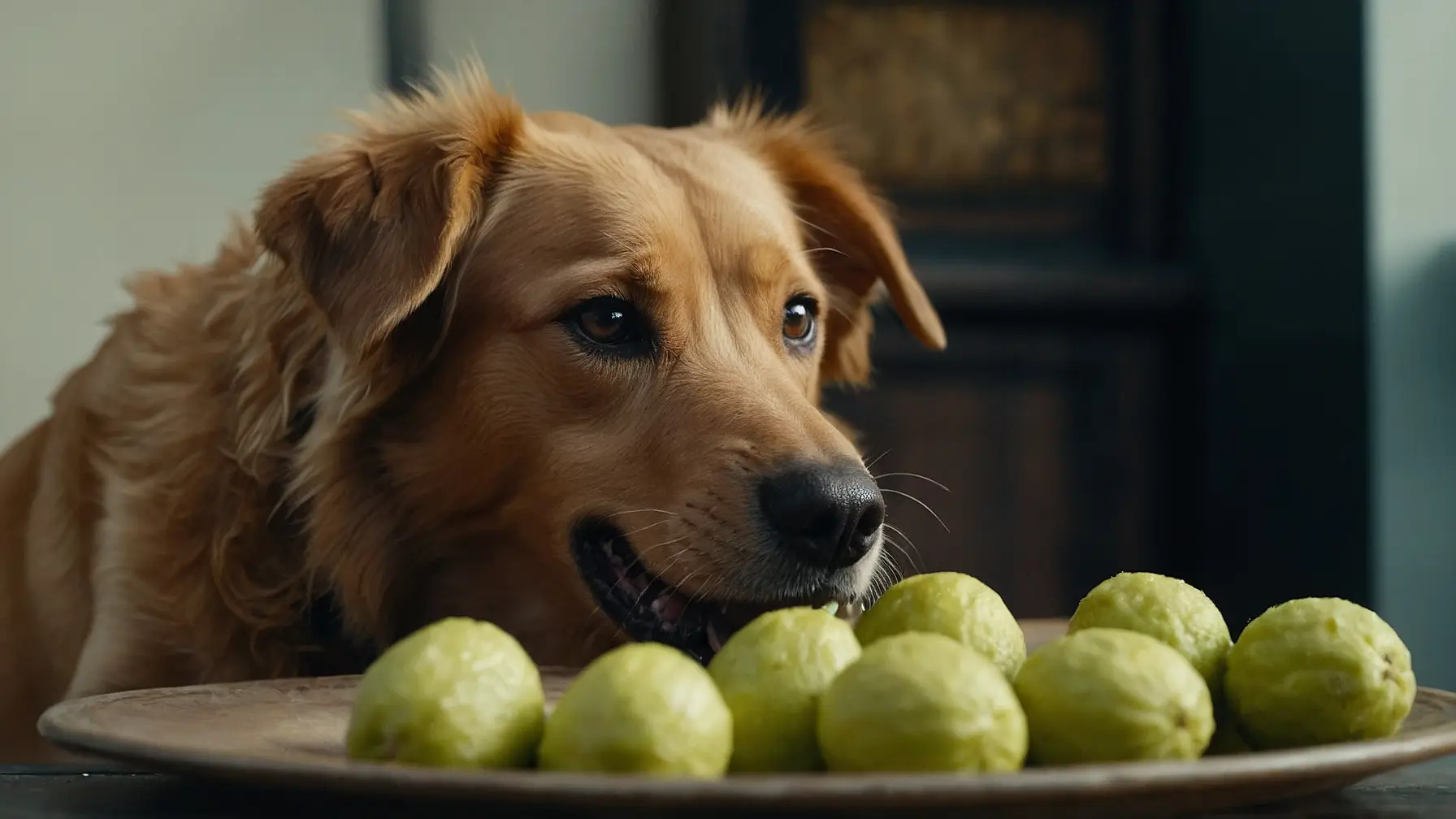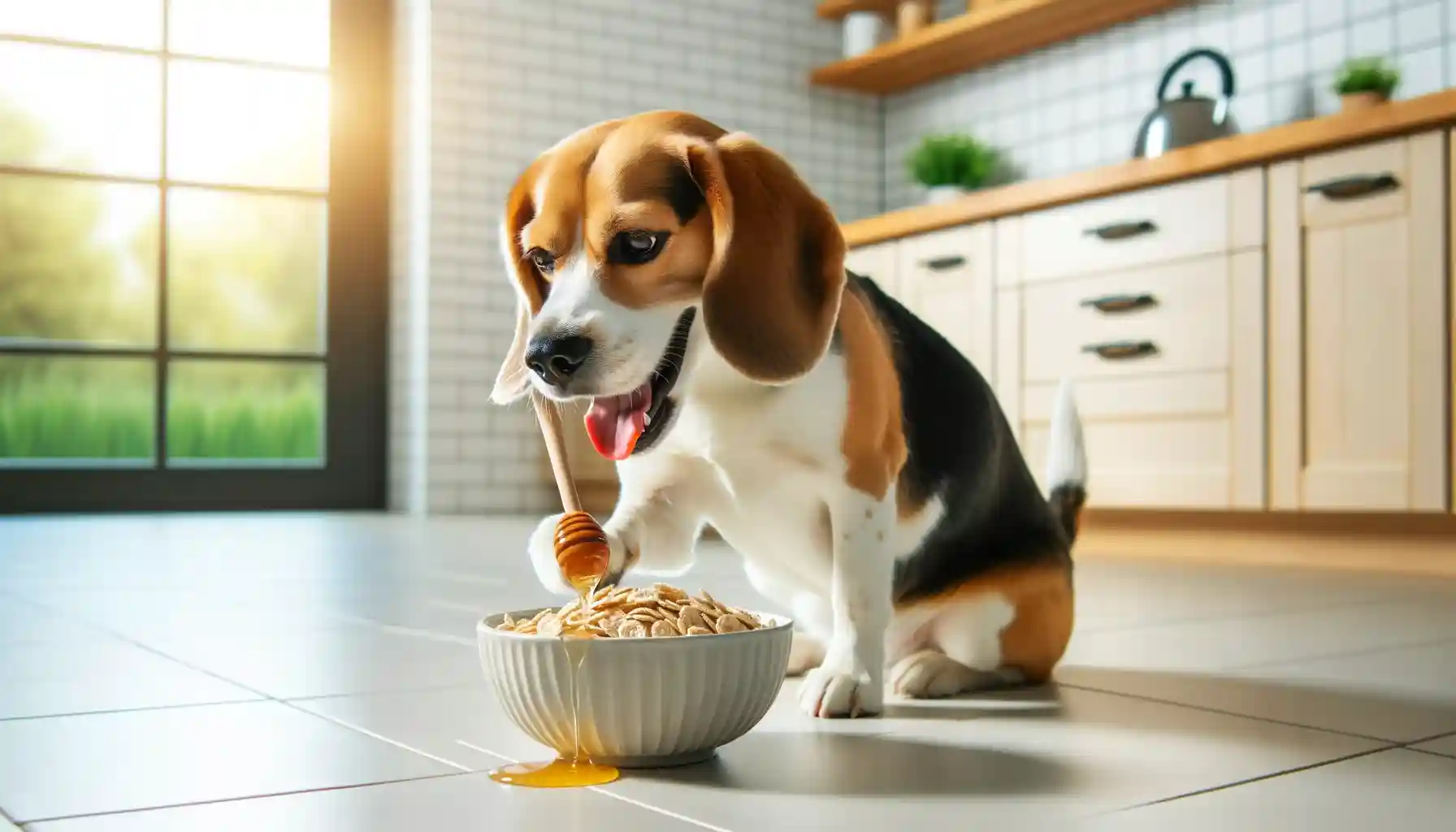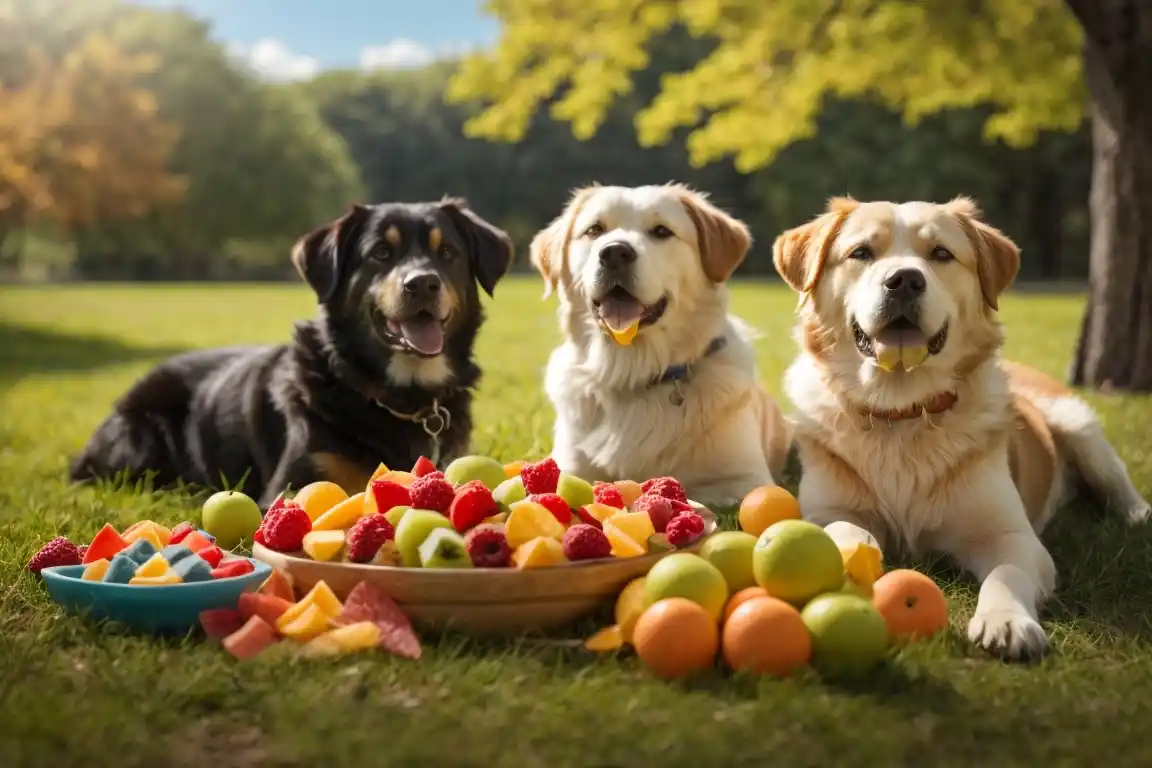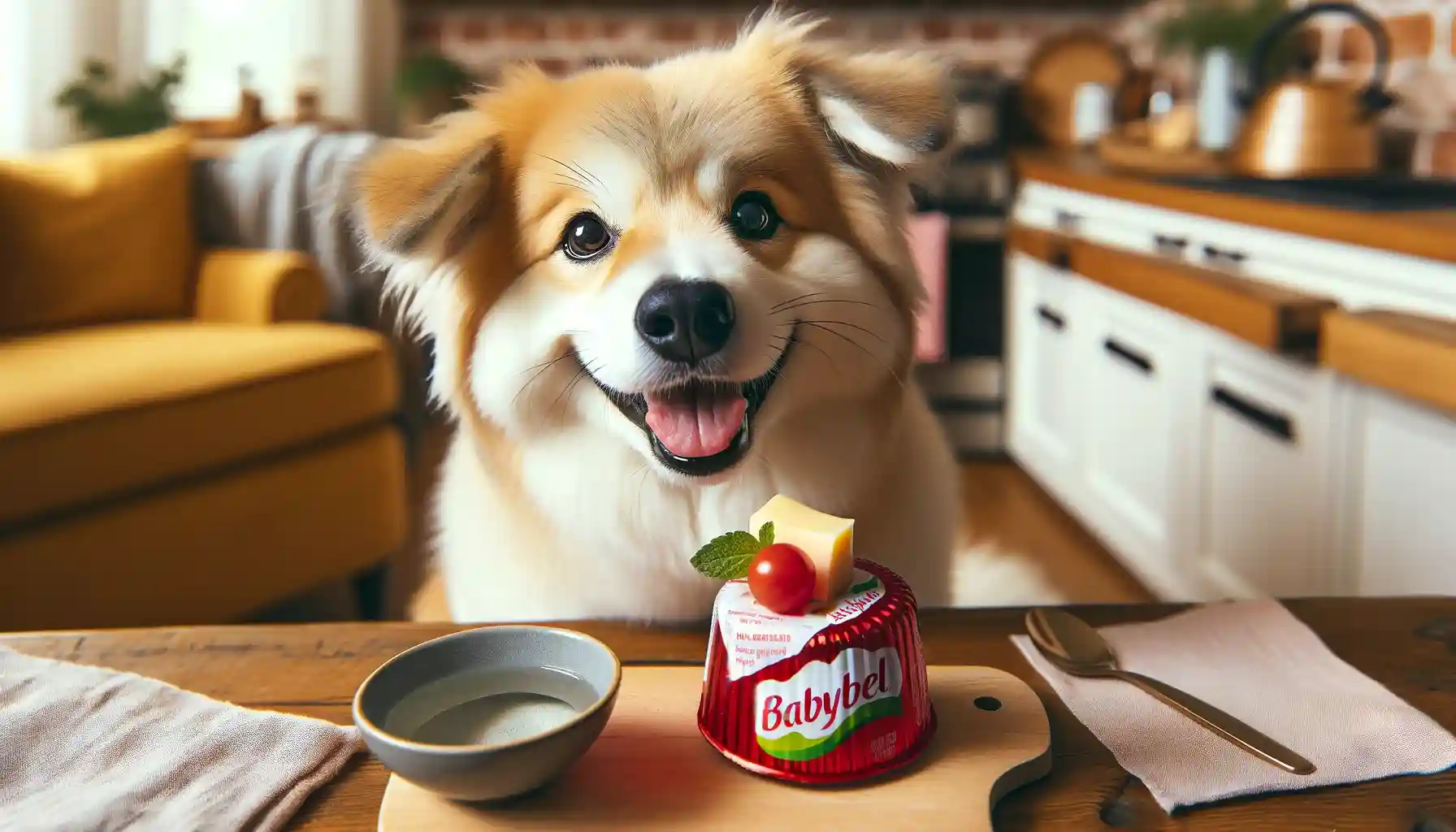To Caesar or Not to Caesar: Decoding the Canine Salad Dilemma
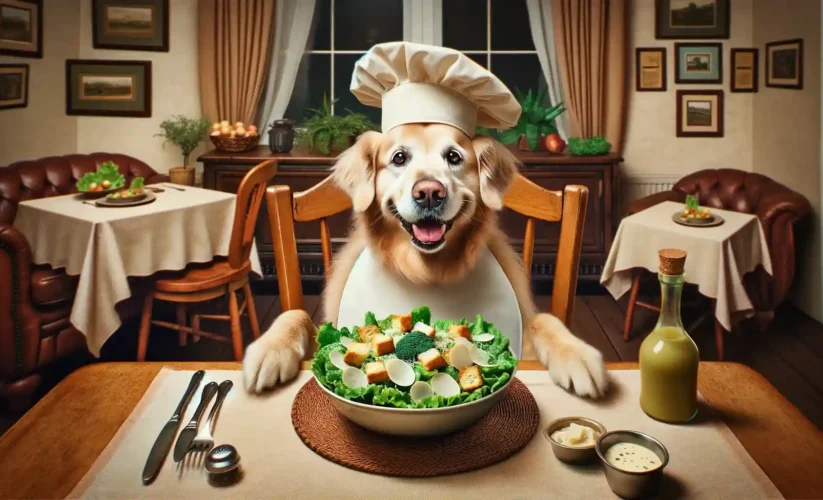
Welcome to my blog, fellow dog lovers! Today, we’re going to dive into a question that might have crossed your mind while enjoying a delicious Caesar salad: can our furry friends indulge in this popular dish too? As a devoted dog owner and an avid researcher on canine nutrition, I understand the importance of knowing what foods are safe for our pets. Caesar salad, with its crisp romaine lettuce, tangy dressing, croutons, and often cheese and anchovies, is a classic that many of us enjoy. But when it comes to sharing our meals with our dogs, it’s crucial to understand the implications for their health. In this post, we’ll explore the components of Caesar salad and assess its suitability for dogs from various angles.
Is Caesar Salad Good for Dogs?
When pondering if our canine companions can share in the enjoyment of a Caesar salad, it’s vital to dissect the salad’s ingredients and their impact on dog health. This analysis will help us understand whether Caesar salad is a suitable treat for our four-legged friends or a dish best enjoyed by humans alone.
Romaine Lettuce
The base of any Caesar salad is romaine lettuce. Generally, lettuce is a safe option for dogs. It’s a low-calorie food that provides hydration and fiber, which can support healthy digestion. However, its nutritional benefit for dogs is minimal. Given this, lettuce can be part of your dog’s diet but in limited quantities. It’s more of a light snack than a significant part of a meal.
Caesar Dressing
The heart of the Caesar salad’s flavor, the dressing, is a complex mixture. Traditional Caesar dressing poses several risks to dogs. It often contains garlic and onions, both well-known for their toxicity to canines. These ingredients can cause gastrointestinal upset and, in more severe cases, lead to anemia. Additionally, the dressing is typically rich in fats and salts, which are not conducive to a healthy canine diet. Excessive fat can lead to weight problems and pancreatitis, while too much salt can cause dehydration and other health issues.
Croutons
Another staple of Caesar salads is croutons. While dogs might find these crunchy bits appealing, they offer little more than empty calories. Croutons are often made from bread, which is not harmful but doesn’t provide significant nutritional value to a dog’s diet. Moreover, the seasonings used on croutons could contain garlic or onion powder, which, as mentioned, are toxic to dogs. Thus, feeding your dog croutons, especially those with unknown seasonings, is best avoided.
Cheese and Anchovies
Cheese and anchovies, often found in Caesar salads, require a careful approach. In small amounts, cheese is generally safe for dogs and can be a tasty treat. However, it’s high in fat, which can contribute to weight gain and other health issues if fed in large quantities. Anchovies are a good source of omega-3 fatty acids, beneficial for a dog’s coat and skin health, but they are also high in salt. Excessive salt intake can be harmful to dogs, leading to increased thirst, urination, and in extreme cases, sodium ion poisoning.
Certain elements of a Caesar salad, like romaine lettuce, are not directly harmful to dogs, the overall composition of the dish, particularly the Caesar dressing, makes it an unsuitable choice for dogs. The potential risks associated with the garlic and onion in the dressing, the high fat and salt content, and the minimal nutritional value of croutons suggest that sharing this salad with your dog might do more harm than good. It’s essential for dog owners to critically assess the ingredients of human foods before offering them to their pets. In the case of Caesar salad, it’s a dish best reserved for human consumption, while our furry friends can enjoy safer, more dog-appropriate treats.
Is Caesar Salad Bad for Dogs?
While we often think of sharing our favorite foods with our furry friends, it’s crucial to consider the potential risks involved. In the case of Caesar salad, several factors make it a less-than-ideal choice for dogs. Understanding these risks can help us make more informed decisions about our pets’ diets.

Toxic Ingredients in Dressing
The most significant concern with Caesar salad for dogs is the dressing. Traditional Caesar dressing typically contains garlic and onion, both of which are known to be toxic to dogs. Even in small quantities, these ingredients can lead to gastrointestinal upset, such as vomiting and diarrhea. More alarmingly, garlic and onion can cause oxidative damage to red blood cells, leading to anemia. This condition can be severe and potentially life-threatening, requiring veterinary attention. The symptoms of anemia in dogs include lethargy, weakness, and pale gums, and they may not appear immediately after ingestion of the toxic ingredients.
High Fat Content
Another concern is the high fat content in Caesar salad, primarily from the dressing and added cheese. While dogs need some fat in their diets, excessive intake can lead to several health issues. One of the most serious is pancreatitis, an inflammation of the pancreas that can be painful and debilitating for dogs. Symptoms include vomiting, diarrhea, abdominal pain, and decreased appetite. Pancreatitis can require intensive veterinary care, and in some cases, it can be fatal. Additionally, regular consumption of high-fat foods like Caesar salad can contribute to obesity in dogs, which is a growing concern. Obesity can lead to a host of health problems, including diabetes, joint problems, and reduced life expectancy.
Salt Content
The salt content in Caesar salad, particularly from ingredients like anchovies, is another point of concern. While a small amount of sodium is essential in a dog’s diet, too much salt can lead to increased thirst and urination, which might seem harmless at first. However, in extreme cases, it can lead to sodium ion poisoning. Symptoms of this condition include vomiting, diarrhea, tremors, high fever, and seizures. In severe cases, it can be fatal. Therefore, it’s crucial to monitor the salt intake in your dog’s diet and avoid foods with high salt content, like Caesar salad.
Choking Hazard
Lastly, Caesar salad poses a physical risk to dogs in the form of croutons. These hard, baked pieces of bread can be a choking hazard, especially for smaller dogs or those that tend to eat quickly without chewing properly. Additionally, croutons can cause dental issues, like broken teeth or gum injuries, which can be painful and require veterinary treatment.
Given these risks, it’s evident that Caesar salad, as a whole, poses more harm than benefit to dogs. The toxic ingredients in the dressing, high fat and salt content, and the physical risks associated with croutons make it a dish that should be avoided in a dog’s diet. As responsible pet owners, it’s our duty to ensure that our pets are fed foods that are not only enjoyable but also safe and nutritious. Caesar salad, while delicious for humans, is a dish that does not meet these criteria for our canine companions.
Are Other Salads Safe for Dogs?
When it comes to feeding our canine friends salads, the key lies in simplicity and choosing dog-safe ingredients. While certain salads can be a healthy addition to a dog’s diet, it’s crucial to be aware of which ingredients are safe and which could potentially cause harm.
Vegetable Salads
Veegtable-based salads can be a nutritious option for dogs. Vegetables like carrots, cucumbers, and lettuce are generally safe and can provide essential vitamins and fiber. Carrots, for instance, are a great source of vitamin A, which is beneficial for a dog’s immune system and skin health. Cucumbers, being low in calories and high in water content, are a refreshing and hydrating snack. Lettuce, while not particularly nutrient-dense, can add fiber to a dog’s diet, aiding in digestion.
However, it’s important to avoid ingredients that are toxic to dogs, such as onions and garlic. These can cause gastrointestinal upset and, more seriously, can lead to red blood cell damage and anemia. Therefore, when preparing a vegetable salad for your dog, ensure it’s free from these harmful ingredients.
Fruit Salads
Fruit salads can also be a delightful treat for dogs, especially during warmer weather. Dog-safe fruits like apples (sans seeds), blueberries, and watermelon can be included. Apples are a good source of vitamins A and C, as well as fiber, and are great for a dog’s dental health. Blueberries are packed with antioxidants, which are beneficial for a dog’s overall health. Watermelon, being mostly water, is an excellent hydrating snack, but ensure to remove the seeds and rind to avoid any digestive issues.
It’s essential to steer clear of grapes, raisins, and fruits with pits, such as cherries and peaches, as they can be toxic to dogs. Grapes and raisins have been known to cause kidney failure in dogs, while fruit pits pose a choking hazard and can contain harmful substances.
Dressing-Free Salads
When it comes to dressing, the simpler, the better. Many commercial salad dressings contain ingredients that are not suitable for dogs, such as onions, garlic, and excessive salt. Instead, opt for dressing-free salads or use a minimal amount of olive oil, which is safe for dogs in small quantities and can contribute to a healthy coat.
Introducing New Foods
Always introduce any new food into your dog’s diet gradually. Start with small amounts to monitor how your dog reacts. Some dogs might be more sensitive to certain foods than others, so it’s essential to observe for any signs of gastrointestinal distress or allergic reactions.
In summary, while dogs can safely enjoy certain types of salads, it’s important to be mindful of the ingredients used. Stick to dog-safe fruits and vegetables, avoid harmful ingredients, and introduce new foods slowly to ensure a safe and healthy diet for your furry friend.
Final Thoughts
In conclusion, while some components of a Caesar salad are not inherently harmful to dogs, the dish as a whole, particularly due to its dressing, is not recommended for canine consumption. It’s crucial to be mindful of the ingredients in our meals when considering sharing them with our dogs. Opt for simpler, healthier options and always keep your dog’s nutritional needs and safety in mind. Remember, what’s tasty for us might not always be the best choice for our furry friends. Let’s continue to love and care for our dogs by making informed choices about their diet. Stay tuned for more insights and tips on canine nutrition and wellness!


